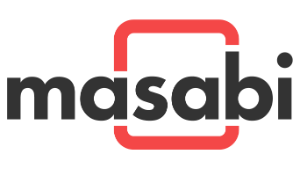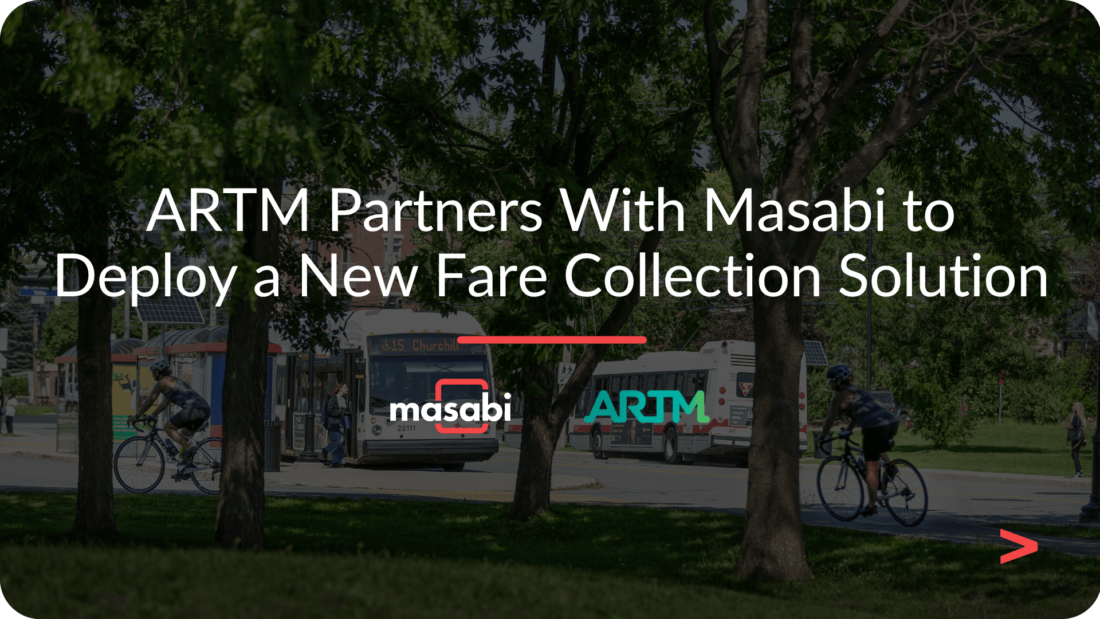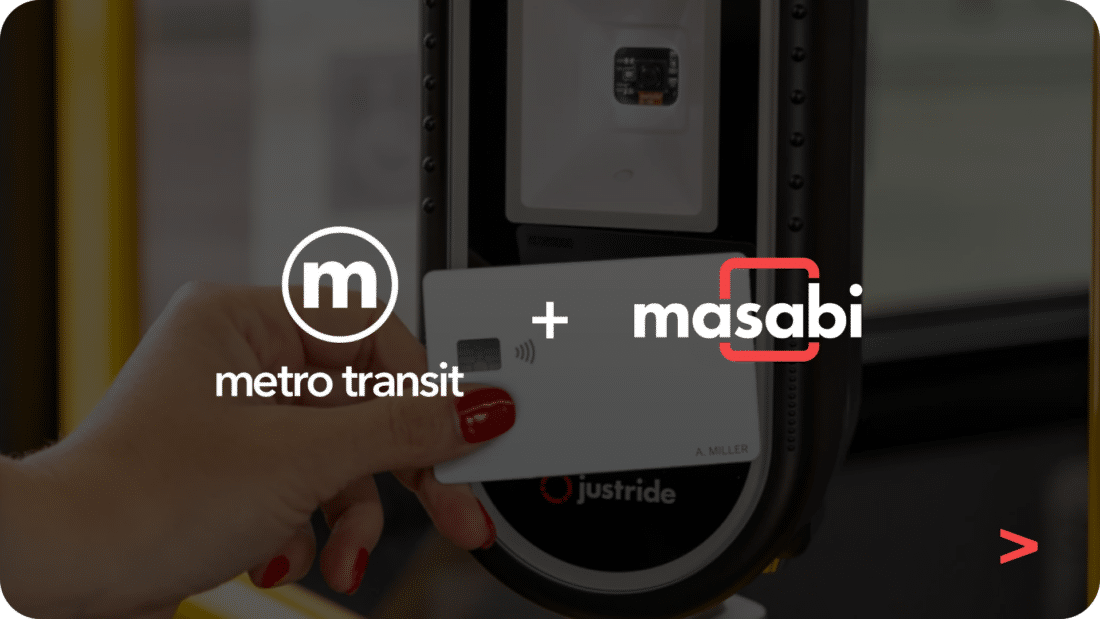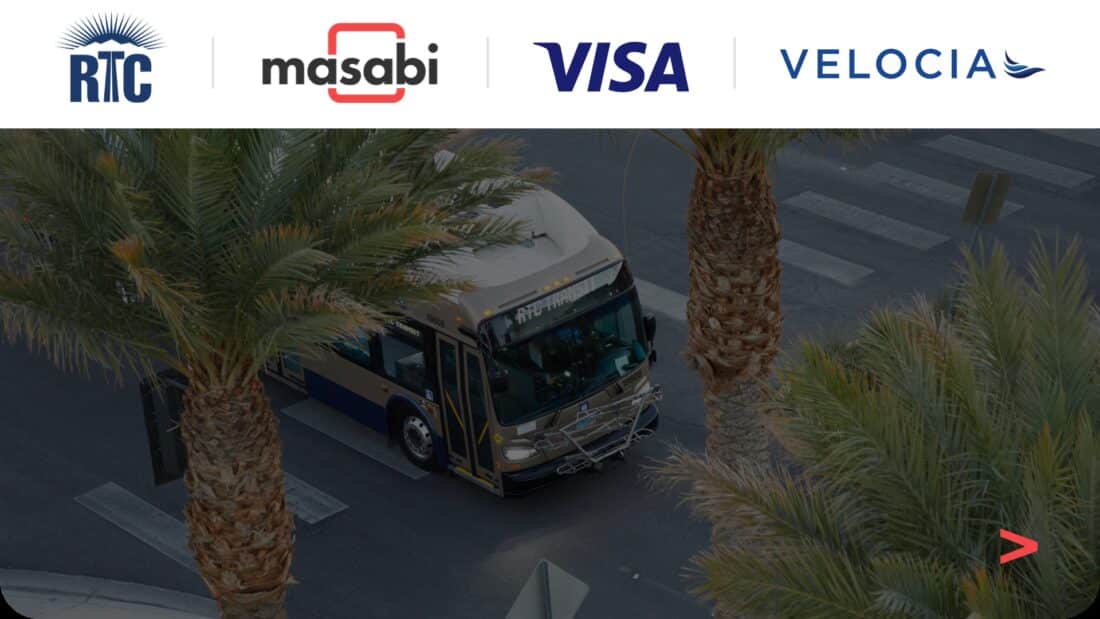
Consult Hyperion Research Concludes Transit Agencies Can Cut Fare Collection Costs By Up To 73% By Embracing ‘As-a-Service’ Platform Solutions
As Masabi’s State of Fare Payments survey in 2021 established, transit agencies are moving at pace away from Bespoke Design-Build fare collection systems, with only 17 per cent intending to continue with this approach, compared to 42 per cent opting for the Fare Payments as a Service (FPaaS) model by selecting a Shared (Multi-Agency) Platform over a single system.
The latest research from tech consultants and transit specialists Consult Hyperion in their white paper ‘Total Cost of Ownership Analysis: Shared Platforms vs Bespoke Design-Build Fare Collection Systems‘, suggests that this review and re-evaluation of fare collection system delivery continues to accelerate and one of the key reasons agencies and authorities are moving away from bespoke Design-Build fare collection systems is to reduce costs.
Using real-world operating data from eight recently procured fare collection solutions from large, medium and small transit agencies across North America – including agencies that followed the Design-Build approach as well as the Shared Platform approach – Hyperion researchers calculated the Total Cost of Ownership of each system.
Using this data, Hyperion analysts created a formula to accurately calculate the total cost of commissioning, operating and maintaining a new fare collection system using a Shared Platform approach.
The formula was then applied to the five cities which had recently procured a new fare collection system using a bespoke Design-Build model, to calculate an accurate cost of delivering the same system over the same contractual term using a Shared Platform. This allowed for a direct comparison between the Total Cost of Ownership of a Bespoke Design-Build implementation versus a Shared Platform.
The research conclusively demonstrated the opportunity for substantial savings for agencies of all sizes by selecting a Shared Platform (Fare Payments-as-a-Service model) over a Bespoke Design-Build fare collection system.
Agencies adopting a Shared Platform could realize savings of between 42 and 73 per cent on the Total Cost of Ownership of their fare collection system.
Simon Laker, the report’s author, notes; “Generally, the more legacy, and the more cash handled, the greater the cost of fare collection. If this can be replaced by a more digital, Shared Platform approach, there is an opportunity to drive to low single digit operation costs.”
“Shared Platforms are increasingly being selected over what has been typical in fare collection of each agency running a Design, Build, Operate and Maintain (DBOM) project to build their own system.”
“SaaS offerings were once largely found in small agencies whose operations were in the main buses, but now, growth in the appeal of this type of solution has increased to encompass medium and large sized multi-modal agencies.”
The report reveals the significant cost savings available for transit agencies and authorities of all sizes by moving away from bespoke Design-Build fare collection systems to utilizing a Fare Payments-as-a-Service approach by procuring a Shared Platform.
We think these cost savings are critically important for the industry in helping make the latest fare payment innovations available to more agencies, saving them money and allowing agencies to put more resources into enhancing services and increasing ridership.
You can download the Consult Hyperion Report here: Total Cost of Ownership Analysis: Shared Platforms vs Bespoke Design-Build Fare Collection Systems.
Further reading:
